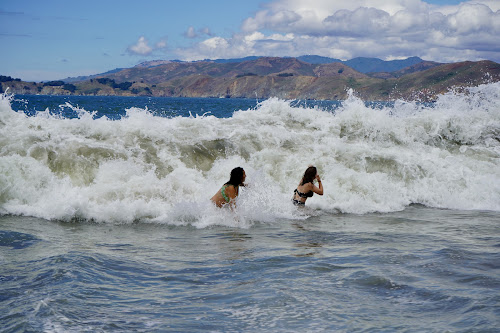Anyone who really knows me could tell you about how I can be over the top with my organizational and planning systems (just ask me about how I organize my wardrobe). But no amount of list-making or journaling could have prepared me for the whirlwind change in my life since this semester began. With a program like this, everything from the next meal we’ll eat to where we’ll lay our head down that night can be a mystery. Our itinerary can change anytime and isn’t known far in advance, thus, the predictability and routine of my old life has given way to the unknown and left me forced to embrace the moment and let go of control — quite the change of pace for me.
The program began August 29th, and since I had already spent the weekend exploring the city with my parents, I was the first to arrive at our meeting location – the colorfully decorated lounge of our hostel. Not knowing anyone was certainly what I was most nervous for, but as the 21 other members of our group filtered in one by one and we fell into easy conversation, that fear quickly vanished. Once we were all together and I had lugged my 60 pounds of luggage into my new room, we headed to our conference center classroom for orientation and to find out what our time in the Bay Area would entail.

As an experiential program, IHP Climate Change has a mix of classroom days, site visits, and excursions. Our classroom days we spent learning about San Francisco’s progressive climate action plan, overviewing our 4 courses, and discussing what it meant to have the privilege to travel (and thus how to conduct our field work ethically).
As for site visits, our first field trip was to the Monterey Bay Aquarium, where we learned about how climate change was affecting the ecologically rich marine habitat and even got to go behind the scenes and hold some of the jellyfish, a feeling I don’t think I can quite describe. We also observed a massive feeding of the sardines, watched the coastal birds soar and dive outside, and saw sea creatures from penguins to jellies to crabs much bigger than I feel comfortable with. That same afternoon we headed to Alba Farm, a highlight for me as someone deeply interested in food systems justice. The model of this organic farm was new for me — workers are given their own smaller plots of land within the farm and learn how to become farmers at a discounted price. Instead of the traditional model where farm laborers work for someone else, here the autonomy is handed back to them, and in 5 years they can start their own farm. Still, however, climate change has brought about shifting weather patterns in California that threaten the livelihoods of all agricultural workers.
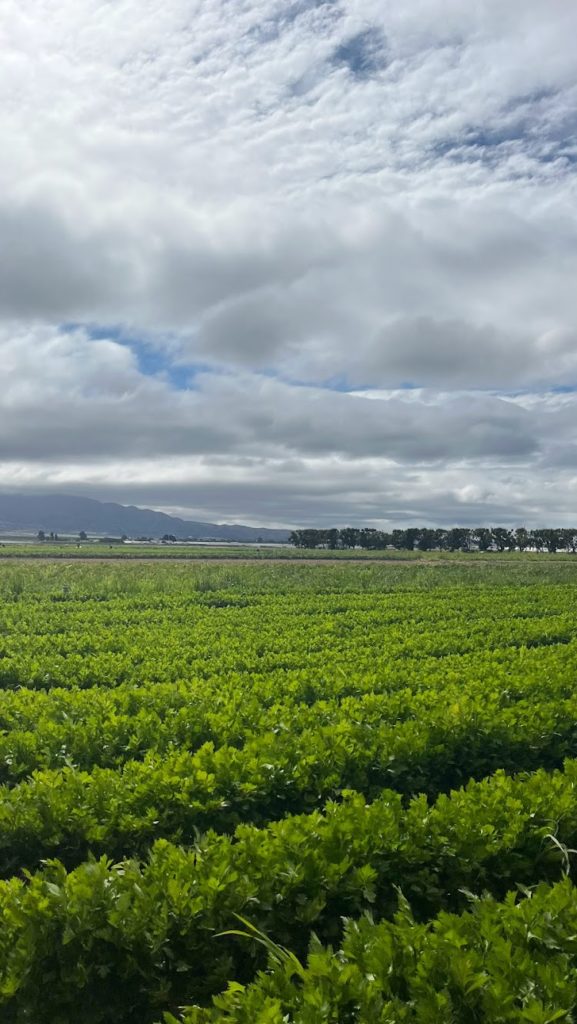
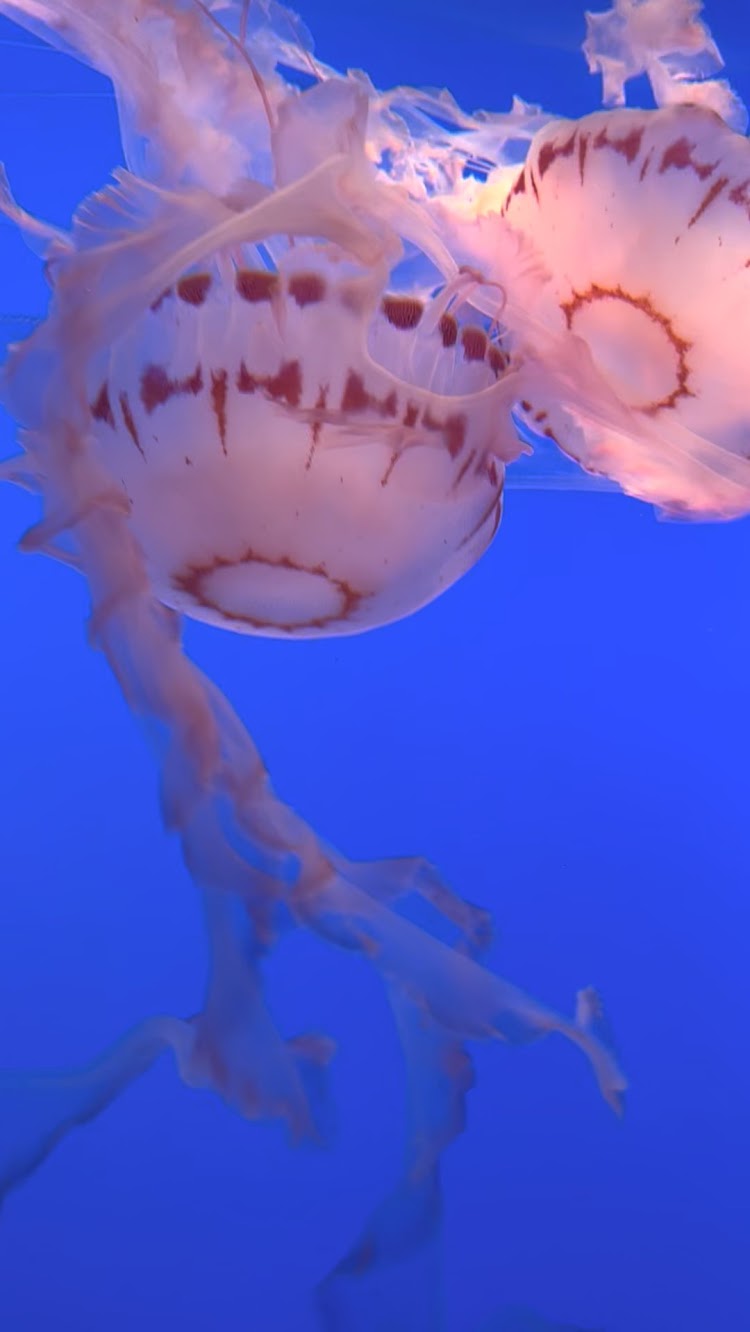
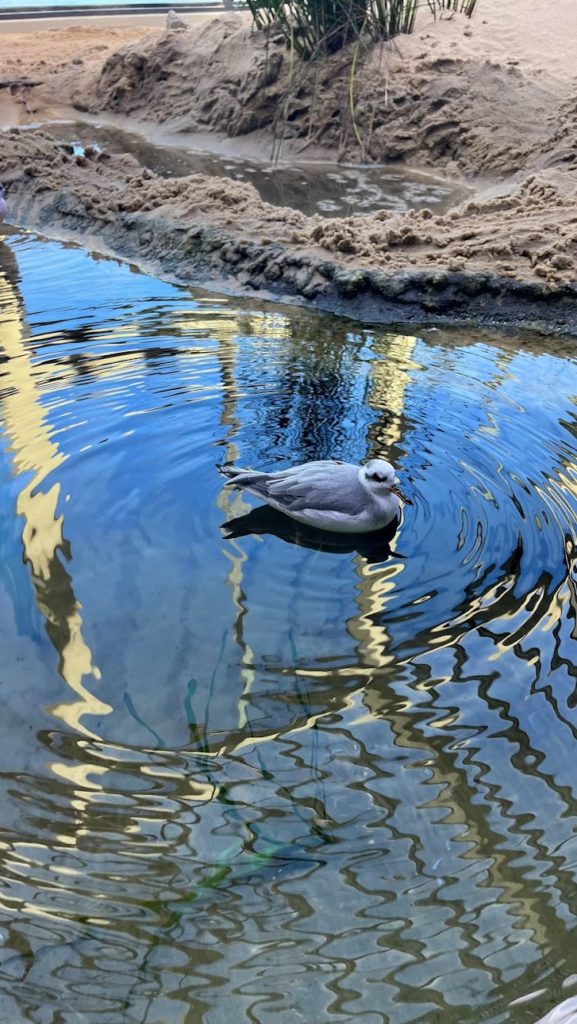
One of the most eye-opening days for me was Neighborhood Day, in which we split into groups and explored neighborhoods in the Bay Area with varying income levels to see how wealth, housing, and environmental quality were all related. Downtown Oakland, which I explored, was a historically black neighborhood built where industry once thrived. The result? Toxins in the soils, shockingly high rates of health issues, industry sites left unremediated, and a highway built through the community. A passionate and deeply caring business owner I chatted with told me how she had witnessed the decline of the neighborhood as gentrification pushed up rent prices, businesses struggled, and people increasingly turned to violence. Meanwhile, the majority of white neighborhoods were clean and experienced no such issues.
Our final site visit was to Muir Woods, home to the famous redwoods, where we learned from park rangers the power of the redwoods as well as the threats they faced from changes in the fog (a major source of their water) due to climate change. A beautiful hike with two of my sweet new friends solidified the importance of protecting places like these for all to enjoy one day.
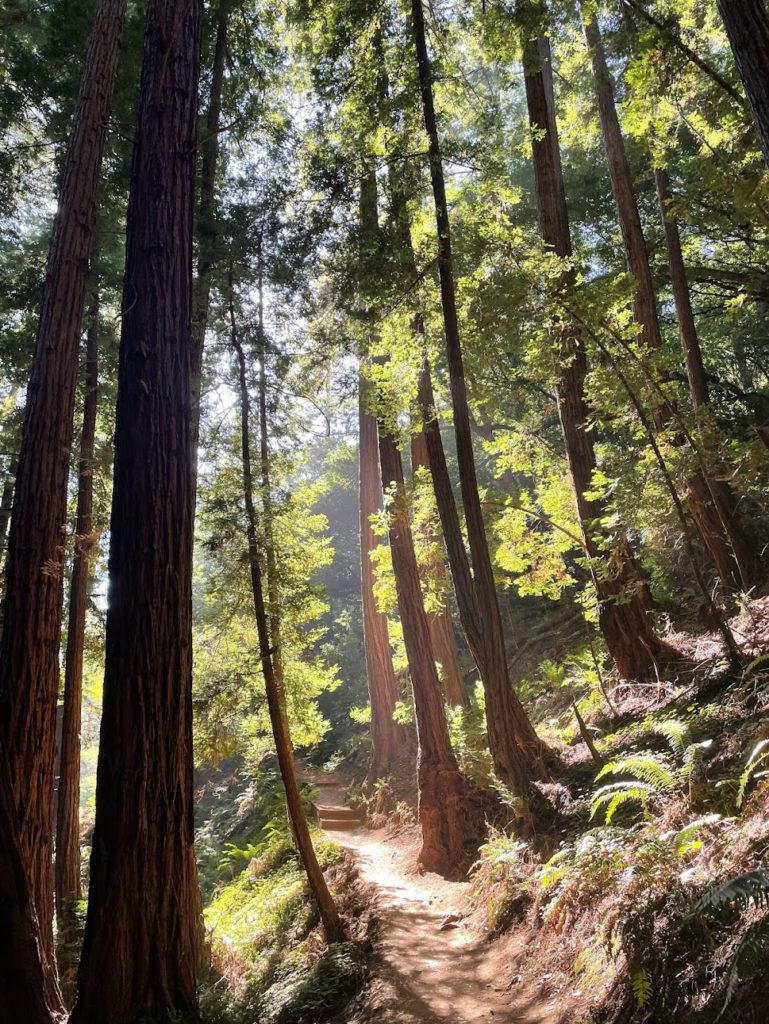

Outside of the scheduled curriculum, our group of course did much exploring on our own. Being minutes from a Trader Joe’s meant we were able to grocery shop for communal dinners where we gathered around the hostel kitchen to cook veggie-rich dinners, discuss anything and everything, and of course, laugh. Lots and lots of laughter. Some nights we would choose to eat out in small groups instead — the highlights for me being tofu and kale ramen, dumplings in Chinatown, and an In-n-Out/Ghirardelli/cable car adventure.
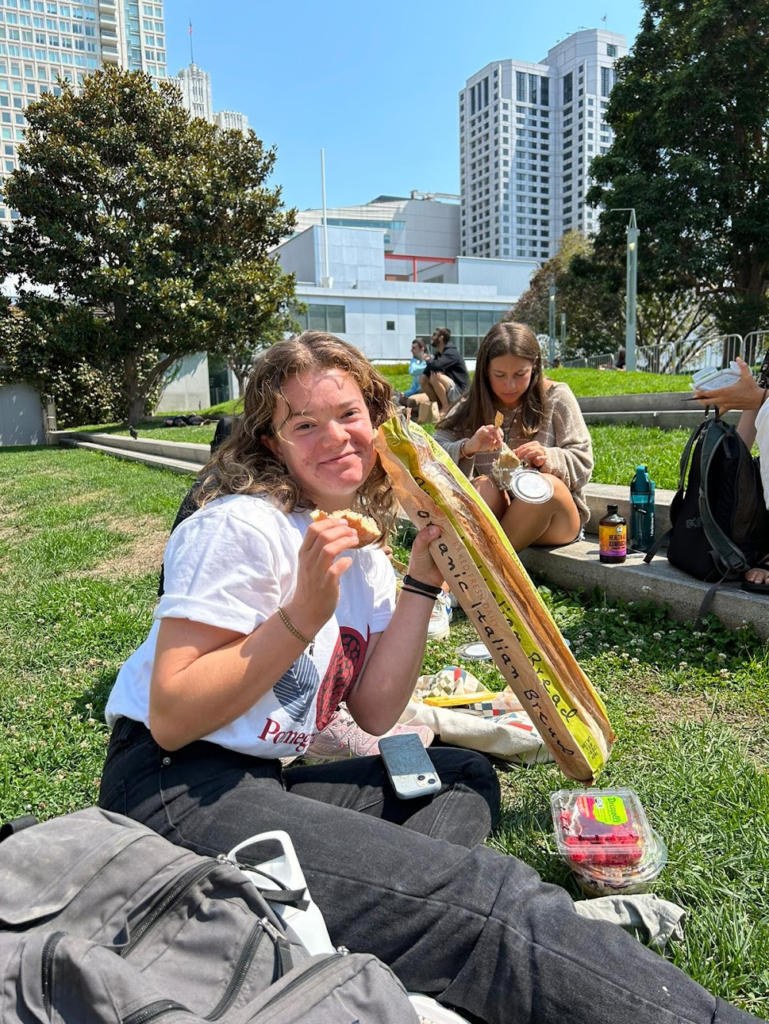
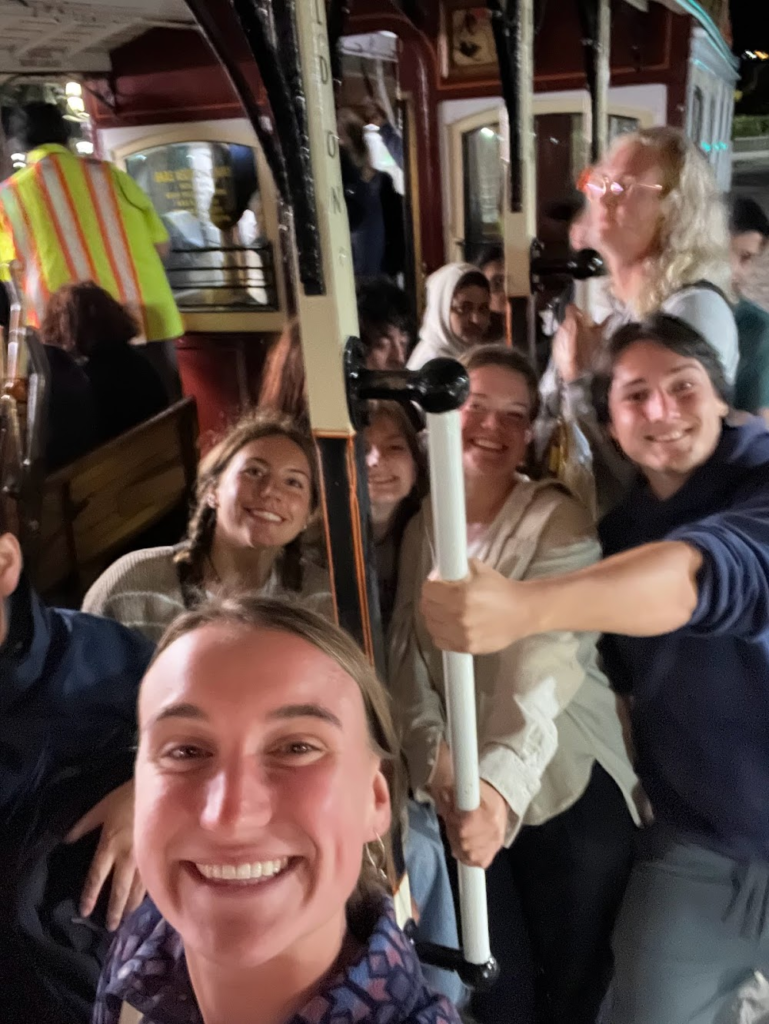
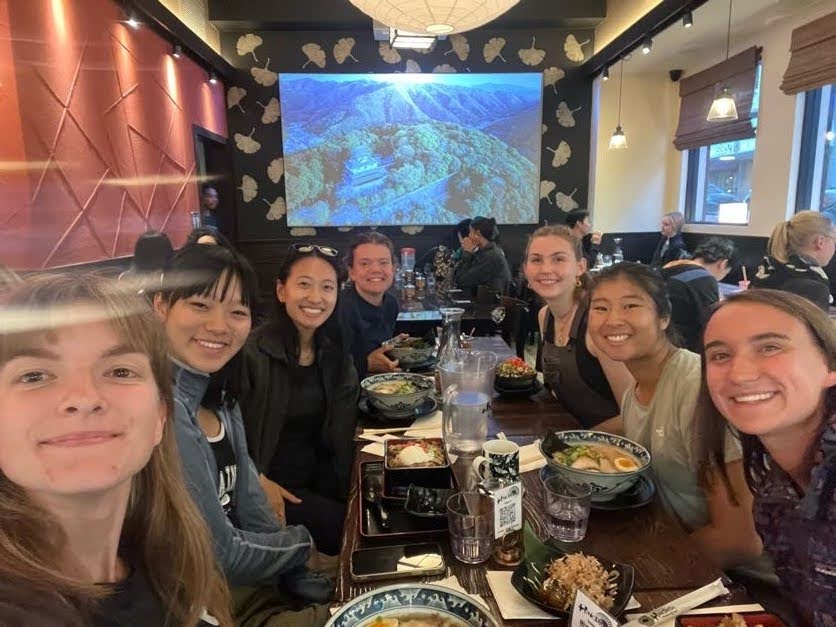
Other special moments include:
– Seeing the blue moon over the city
– An alleyway full of powerful, powerful murals
– Trying to master the art of friendship bracelet making while watching Miss Congeniality
– Ferrying over to Sausalito and hiking up to a beautiful look-out point
– A morning run to Pier 39 to see the sea lions
– Solving my first Rubik’s cube in the airport
– Boba and swimming in the waves at Baker’s Beach
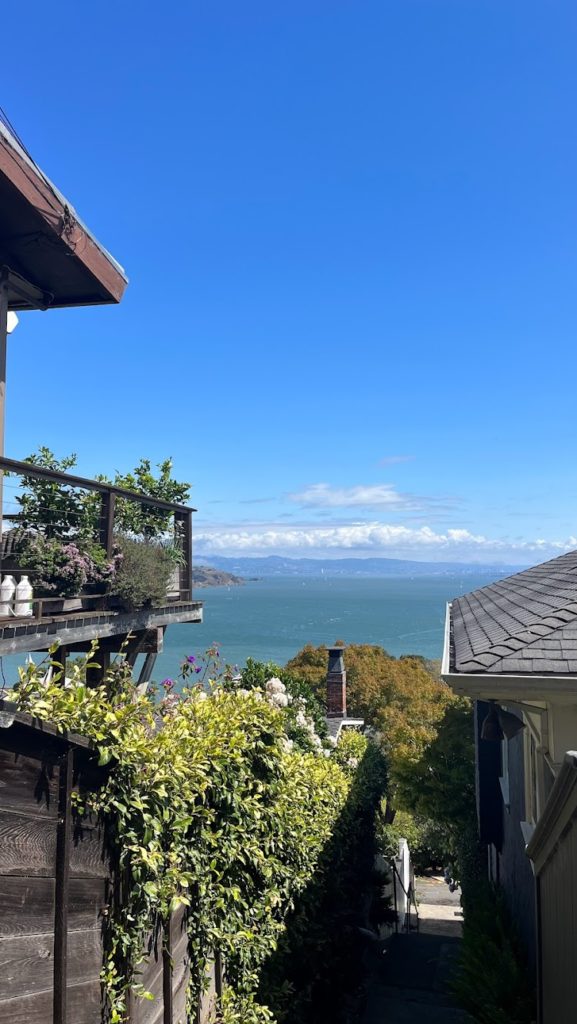
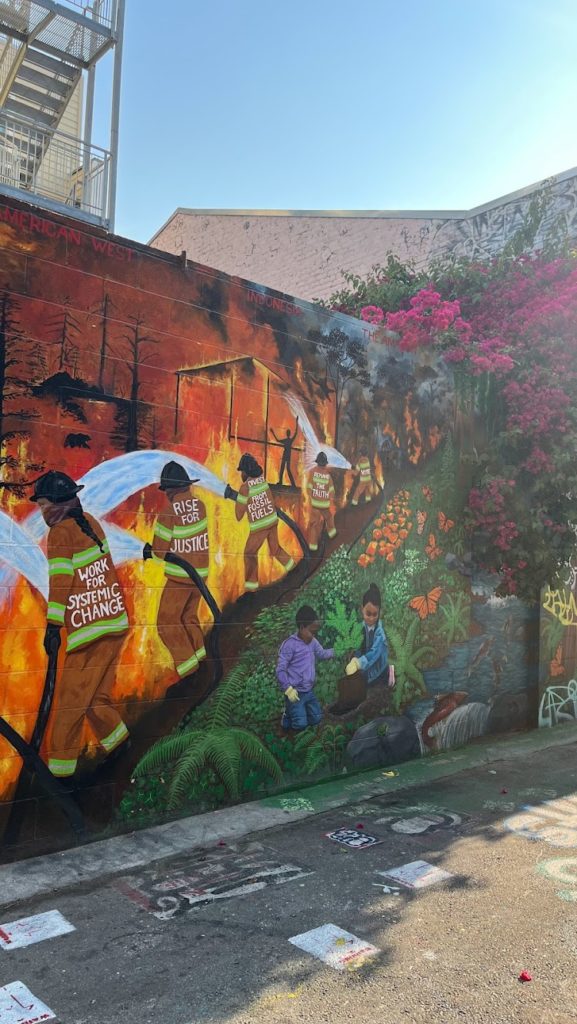

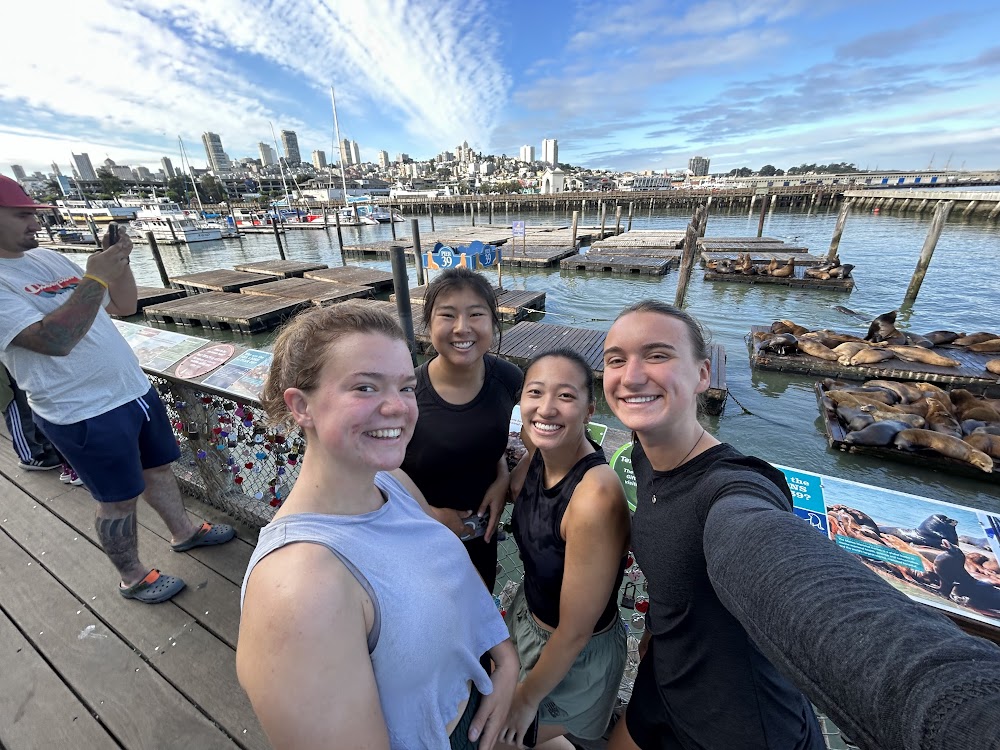
Baker’s Beach was one of the biggest highlights to me. The water was cold, much colder than Lake Michigan in September. And salty. I had forgotten that water at the beach could be salty, but it did make sense seeing as I was on the Pacific coast. The waves much taller than me looked daunting, and my instinct was to stay back on the beach, but I remembered my promise to myself to embrace the new. And so I dove in.
